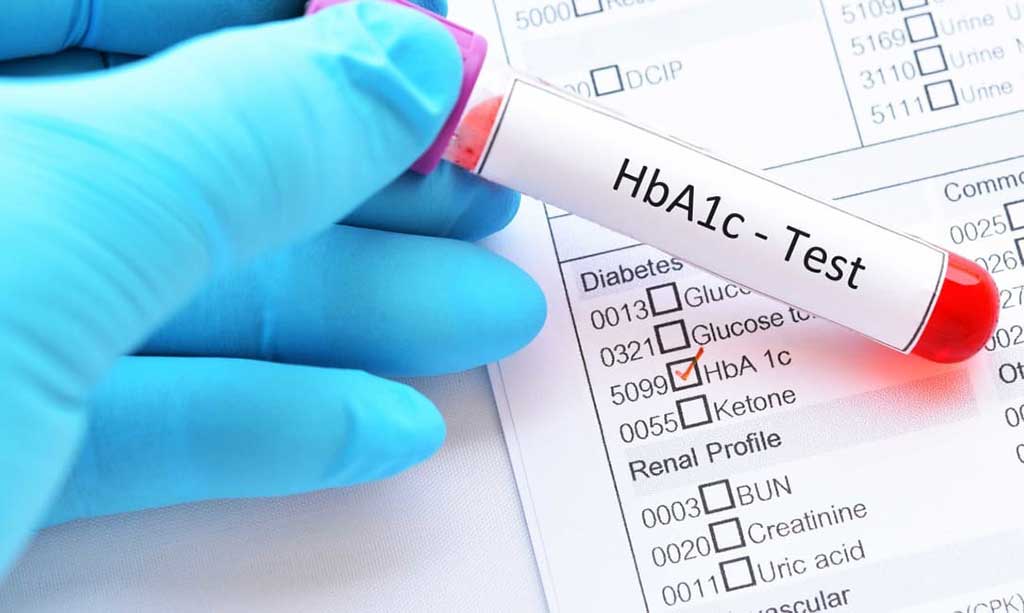Glycated Hemoglobin Screening Reveals Undiagnosed Diabetes
By LabMedica International staff writers
Posted on 15 Oct 2020
Type 2 diabetes (T2D), formerly known as adult-onset diabetes, is a form of diabetes that is characterized by high blood sugar, insulin resistance, and relative lack of insulin. Common symptoms include increased thirst, frequent urination, and unexplained weight loss. Posted on 15 Oct 2020
Threshold for diagnosis of diabetes is based on the relationship between results of glucose tolerance tests, fasting glucose or glycated hemoglobin (HbA1c) and complications such as retinal problems. HbA1c has the advantages that fasting is not required and results are more stable but has the disadvantage that the test is more costly than measurement of blood glucose.

Image: Glycated Hemoglobin (HbA1c) Screening Reveals Undiagnosed Diabetes (Photo courtesy of Diabetes.co.uk).
Scientists at the University of Exeter Medical School (Exeter, UK) analyzed data from 216,644 UK Biobank participants with primary care records available and an HbA1c measured at recruitment. They defined participants without a diagnosis of diabetes at recruitment as those who did not self-report diabetes or had no indications of diabetes in their primary care records before recruitment. For participants with undiagnosed diabetes, the team calculated the time that it took to receive a clinical diagnosis in their primary care records, defined as the first diagnosis code for diabetes, an HbA1c of at least 48 mmol/mol (6.5%), or a prescription for glucose-lowering medication.
The investigators reported that within the cohort, 2,022, or 1%, had undiagnosed diabetes on screening by HbA1c. Compared with those with an HbA1c of less than 48 mmol/mol, individuals with an HbA1c of at least 48 mmol/mol on screening were statistically older (mean age, 61 years versus 58 years) had obesity (mean BMI, 31 kg/m2 versus 26.6 kg/m2) and were more frequently men versus women (60% versus 45%). Of the 82% of participants with undiagnosed diabetes who had primary care records covering the period after recruitment, median time to clinical diagnosis was 2.3 years, with 23% not diagnosed at 5-year follow-up.
Katie Young, PhD, a postdoctoral research associate and lead author of the study, said, “The fact that, on average, screening identified these people two years earlier than their doctors was quite surprising to us and suggests that screening could improve patient outcomes by allowing lifestyle interventions and diabetes treatment to begin much earlier.” The study was presented at the European Association for the Study of Diabetes virtual annual meeting held 21-25, September, 2020.
Related Links:
University of Exeter Medical School














